The pro’s guide to rehab
Want to mend your chocolate ankle, but don’t know how? FFT goes to St George’s Park to find out how the best bounce back
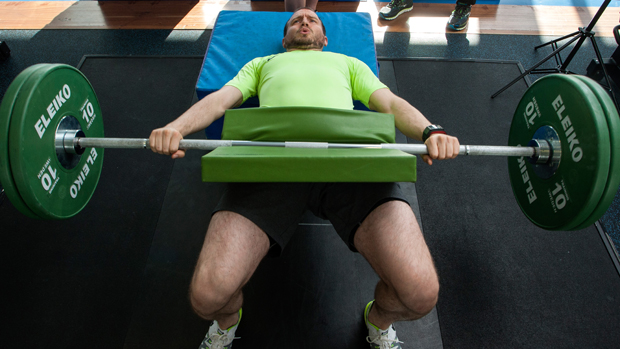
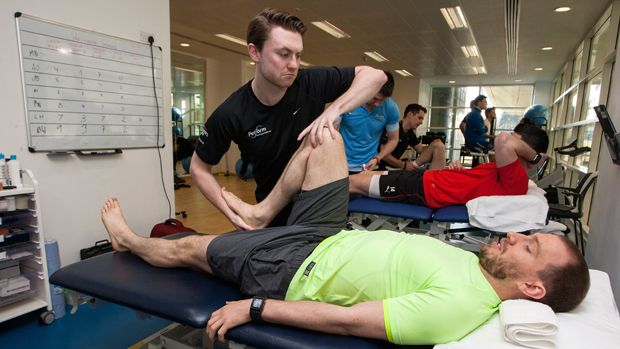
Assess the problem
First stop: the treatment room. England Under-21s physio Jake Austin asks FourFourTwo where it hurts. We drop a medical file heavier than Gandalf’s book of spells at his feet. “Knowing a player’s injury history is a vital piece of the puzzle,” he says. After perusing the notes and conducting a series of tests, Austin takes some snaps of FFT in a variety of athletic positions (not like that) to highlight the weaknesses of our dilapidated body. He then transfers his findings to paper, covering an illustration of the human body in red pen. It looks like it has the plague.
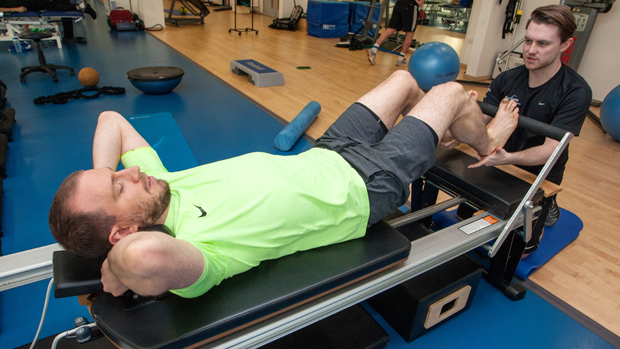
Consult with a leading expert
Austin passes the results on to Perform’s clinical director, Dr Charlotte Cowie, for further assessment. Before she starts her own examination, she has to tend to an emergency: “Sorry, someone passed out during a blood test.” Brave old FFT does nothing of the sort, but we do shed a tear when she touches our inflamed Achilles. Add that to a dodgy shoulder and a crocked ankle and you’ve got yourself a lame runner. But there’s no need to load the shotgun just yet – Dr Cowie has a plan.
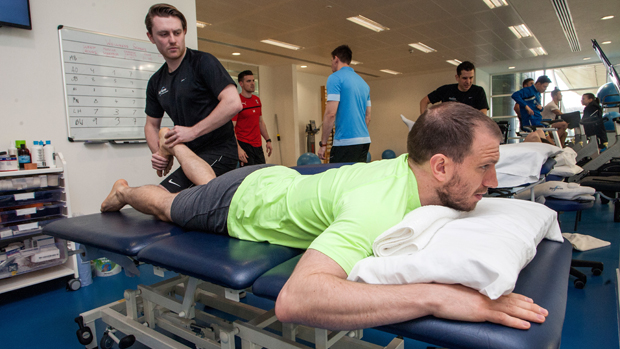
Get the full picture
“It’s a lot easier to treat an injury when you have the full picture,” says strength and conditioning coach Ian Aylward, as he draws blood from FFT’s finger. “We want to know exactly what’s going on inside your body so we can get to the root of the problem.” Height, weight, limb length and body fat are logged; with any luck, the amount of sucking in we do won’t skew the results. But there’s no hiding a shocking lack of mobility as Aylward asks us to squat, lunge, extend and balance. FFT moves like a statue.
Get FourFourTwo Newsletter
The best features, fun and footballing quizzes, straight to your inbox every week.
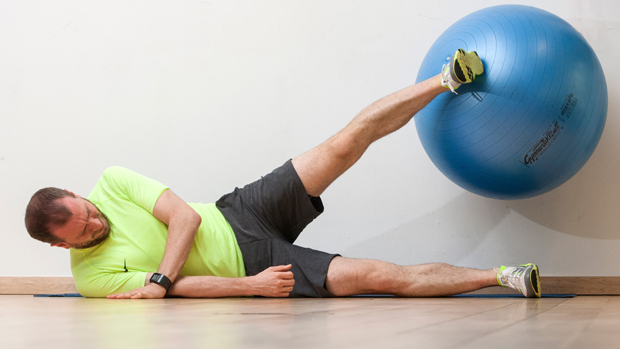
Beginning the healing process
The information has been processed and a rehabilitation plan devised. This will be just like uni, right? Do a couple of hours a week and spend the rest of the time playing Football Manager, yeah? Not quite. It’s a full-time job. After Austin attempts to loosen up FFT with some muscle-kneading massage, we perform glute-strengthening exercises using a resistance band and Swiss ball. Then we’re on a clinical reformer, a Pilates tool, that looks like a torture rack. Our glutes can confirm it burns.
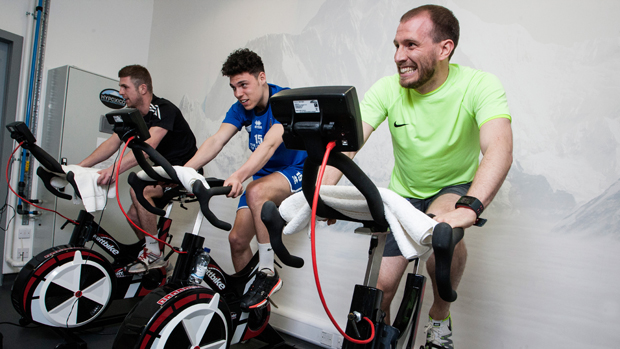
If you can’t run, cycle
There’s no respite for FFT’s weary legs. We join former Wrexham captain Mike Williams and former Northampton Town midfielder Lewis Hornby on the watt bikes in the altitude chamber. Physiotherapist Beth Langley reduces the oxygen levels by 30 per cent. Cycling at 2,743 metres above sea level, we work at 85 per cent of our maximum heart rate for 60 seconds, before resting for 75. We have to do this on 10 occasions, with three minutes of recovery after five repetitions. Take it from us: running around a football pitch for 90 minutes is child’s play.
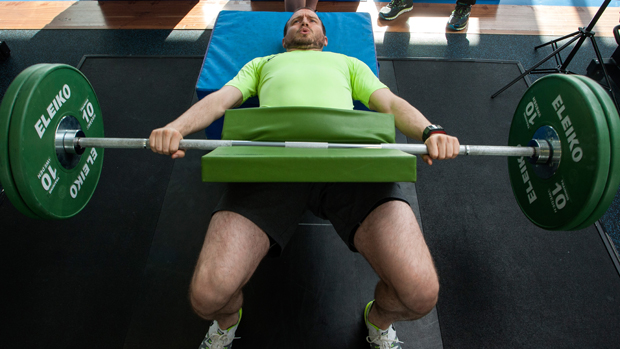
Get results in the gym
Instead of taking a much-needed siesta, FFT is in the gym with Aylward, and he has found ways for us to strengthen key muscle groups without aggravating our existing injuries. He slips two weights under our heels to take the load off the Achilles and hands us a 22kg dumbbell. “See if you can do eight goblet squats.” We’re able to, but our underwear pays the price. We work our way through single-leg Romanian deadlifts and hip thrusts, before making our way to the hydrotherapy suite. Has anyone got some spare trunks?
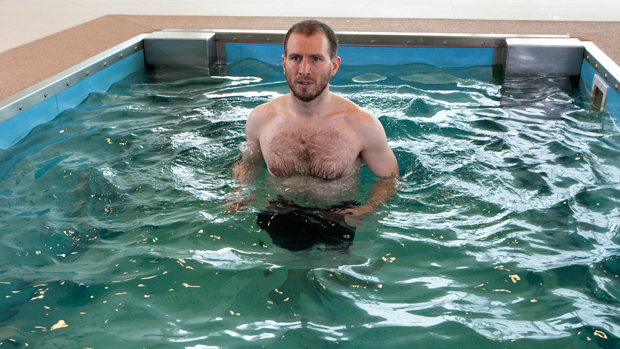
Don’t skip your recovery
“Warm down properly now and you’ll ache less tomorrow,” Austin assures FFT. Easy for him to say – he’s not taking a 10-minute dip in an ice bath that bites harder than Luis Suarez. “Cold therapy will help reduce inflammation,” he adds. Then we’re out of the cold and straight into the hot pool. But before we can settle in like a bunny-loving Hugh Hefner, we’re slipping into the NormaTec Pro Recovery System – think ski suit meets thigh-high boots. The inflatable trousers help flush out the waste products in our legs, while inadvertently sending us to sleep. Nighty night.
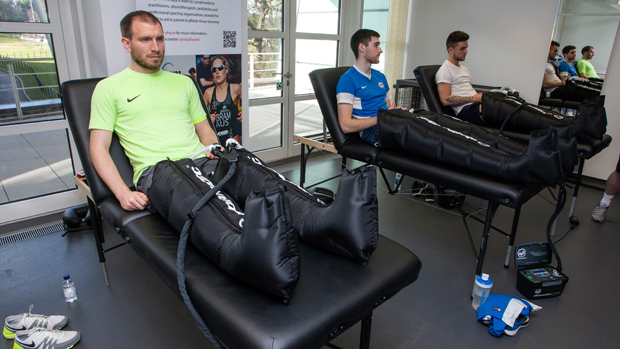
Stick to the plan
The next day rigor mortis has set in, but FFT’s injuries feel like they’re on the mend. Now it’s time to fend for ourselves. “Work hard, follow this programme and you’ll get there – good luck,” says Austin as he hands us a workout schedule. “You bet,” we reply, with an enthusiastic handshake. But first things first: it’s time for a nap.
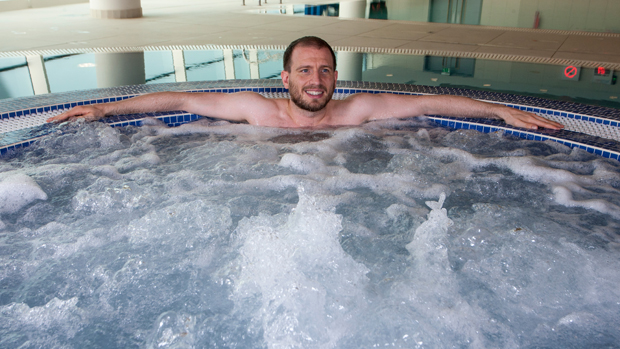
Perform at St.George’s Park provides patients recovering from surgery or injury the opportunity to benefit from accelerated recovery times on the bespoke Perform rehabilitation programme whilst staying overnight at the on-site Hilton hotel.
With 228 stylish guest rooms and suites, the Hilton at St George's Park hotel has received the 2014 TripAdvisor Certificate of Excellence Award
For more information on Residential Rehab go to www.spireperform.com/st-georges-park
